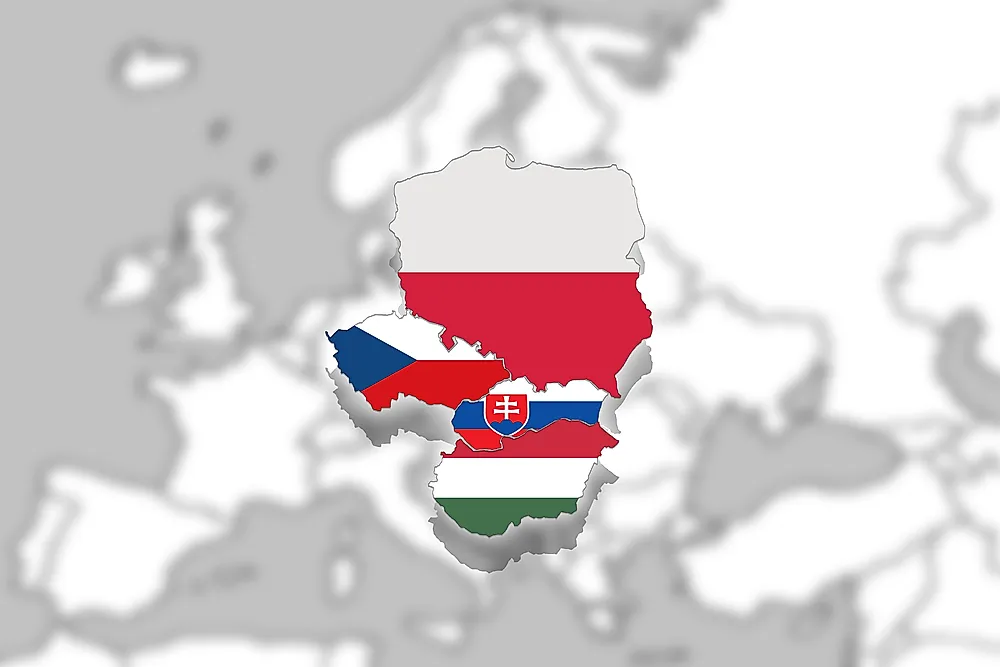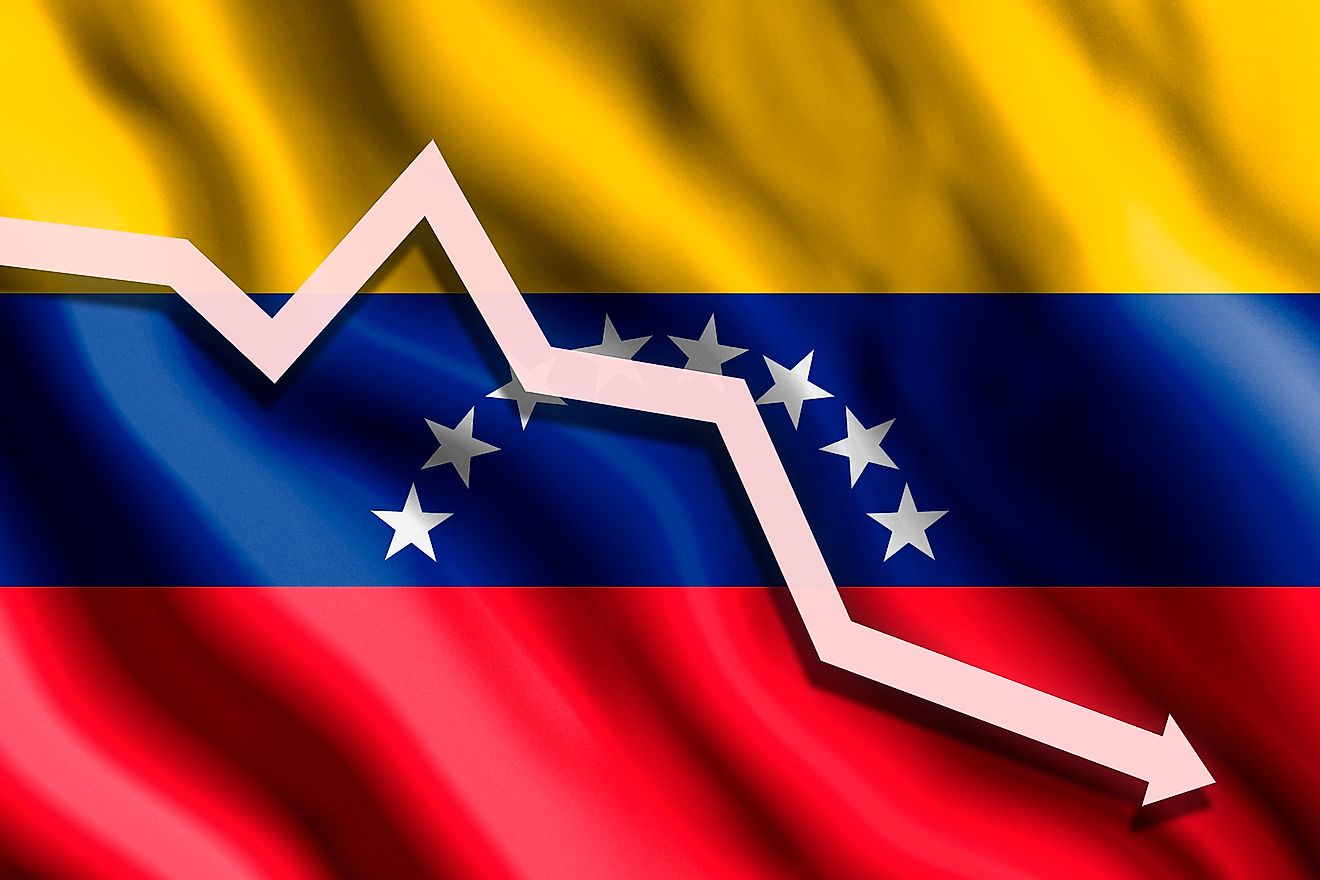What Is The Visegrád Group?

The Visegrad group is an alliance of four Central European countries namely Hungary, Poland, Slovakia, and the Czech Republic. This alliance also goes by the name Visegrad Four, or simply V4, and brings together the countries with a common cultural civilization history in an effort to speak in a single political voice within the EU structures. Additionally, the V4 pursues joint military, economic, and energy policies. Up until 1993, the V4 used to go by the name Visegrad Triangle when they were only three states, Hungary, Poland, and Czechoslovakia. After the split of Czechoslovakia, both the Czech Republic and Slovakia became independent members.
Background of the V4
The V4 got the name Visegrad from the 1335 and 1339 venue where Casimir III of Poland, Charles I of Hungary, and John of Bohemia (Czech) used to meet and discuss new trade routes, opportunities, and leadership. These countries share a long history including being satellite states of the USSR during the Cold War. After anticipating the collapse of the Soviet Union which happened in the December of 1991, these countries formed the V4 on February 15, 1991. UNDP data shows that these countries are high-income nations with high Human Development Index. Their economies have been relatively stable and, were they a country, they would have been the fifth and 12th largest economies in Europe and the world respectively. In 2013, these countries had an average GDP of $25,797 USD. At the EU, the V4 advocate for establishment and expansion of nuclear power industries.
Regional Demographics and Leadership
The most important cities in this cooperation are Budapest (Hungary), Warsaw (Poland), Prague (Czech Republic), and Bratislava (Slovakia). Both Budapest and Warsaw have populations of more than 3 million people each. Prague has a population of slightly above 2 million while Bratislava has less than a million people. Other important cities include; Kraków, Łódź, Wrocław, and Poznań in Poland, Brno, Ostrava, Plzeň, and Liberec in the Czech Republic, Debrecen, Szeged, Miskolc, and Pécs in Hungary, as well as Košice, Prešov, Žilina, and Banská Bystrica in Slovakia. In total, the region has a population of 64,301,710 people making them the fourth and 22nd largest in Europe and the world respectively were it a country. The majority of the population live in Poland (38 million), followed by Czech Republic (11 million), Hungary (10 million), and Slovakia (5.5 million). Each year, the presidency of the V4 rotates among the four countries. Austria, V4’s southern neighbor also works closely with this body and has expressed interests of joining the group in the near future.
Initiatives
V4 runs the International Visegrad Fund (IVF) that seats in Bratislava and awards scholarships, grants, and fellowships among other forms of aid to the citizens and non-profit organizations from the member states. A smaller percentage goes to other developing countries. Another initiative is the Visegrad Patent Institute that operates under the Patent Cooperation Treaty (PCT) as an International Preliminary Examining Authorities (IPEA) and an International Searching Authority (ISA). Additionally, the Expert Working Group on Energy is Hungary’s initiative that sits twice each year on a rotating basis in the V4 capitals to deliberate on energy issues. Lastly, the Visegrad Battlegroup is a standby force working closely with NATO Response Force.











